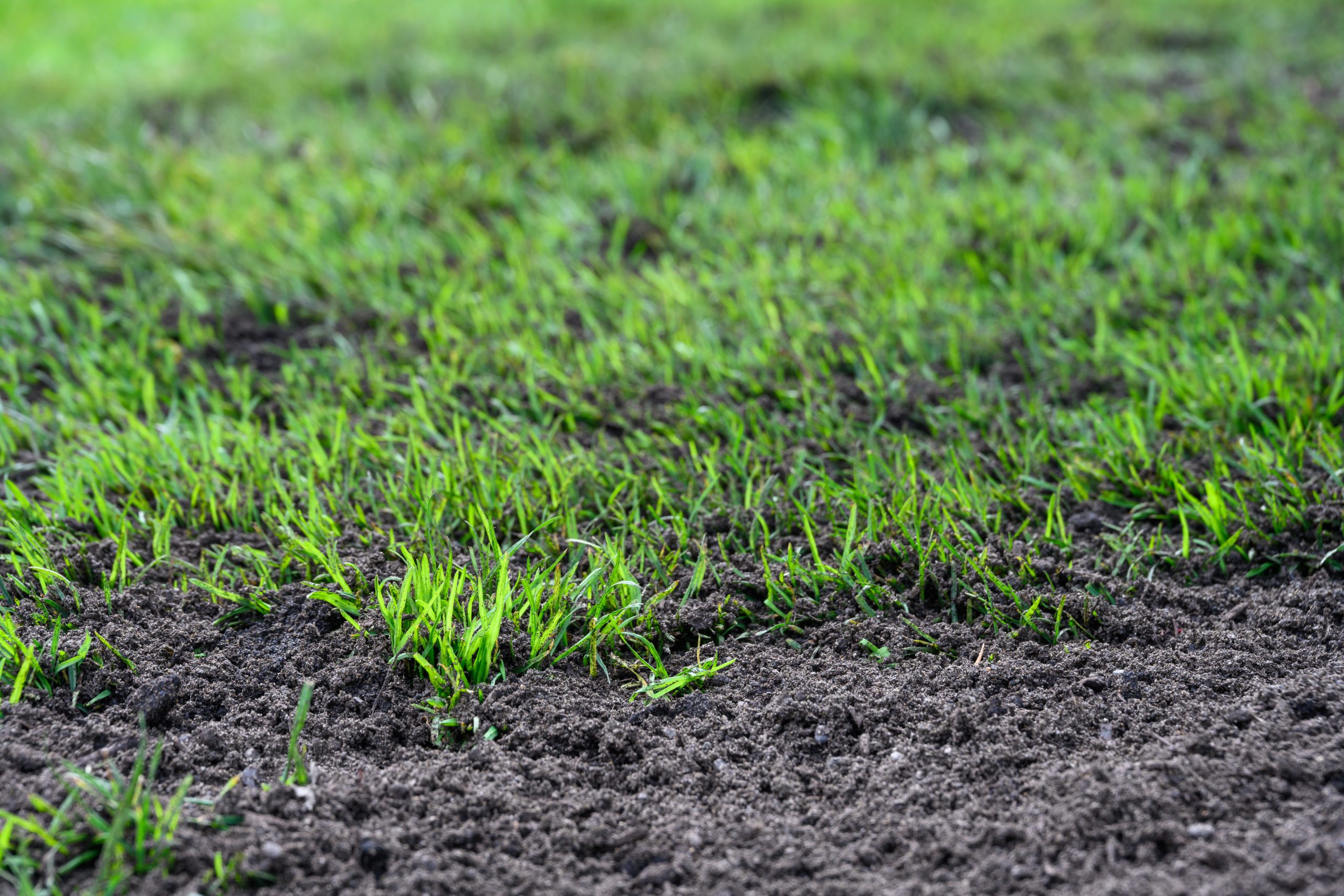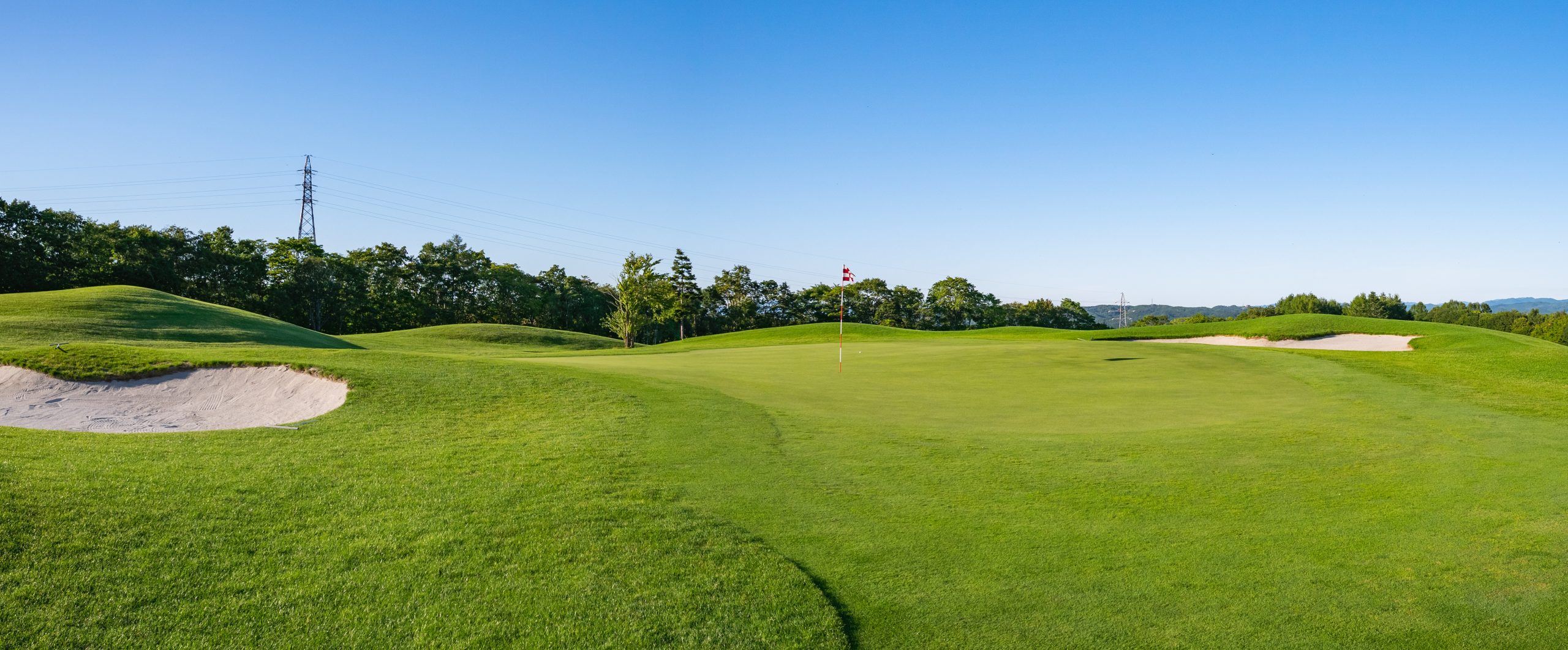This winter has been a wild one across most of the country. Here in the Southeast, we have had more cold and wintry precipitation than any other winter that I can remember in recent years. The winter weather we have experienced this year will make post-dormancy greens sprays extremely important.
The big temperature swings we are starting to go through here mean that turf plants will experience periods of growth followed by periods of hardening off. During these times, the plant burns energy and carbohydrates needed for spring green-up. When your turf is coming out of dormancy, it is important to replace lost nutrients and carbohydrates. The team at Foliar-Pak has developed a good program that will help you replace these nutrients as your course emerges from dormancy. Here’s what that program includes:
Foliar Sprays
- Amperage (carbohydrates) at 3 fl. oz. per 1,000 sq. ft.
- Foundation Forty (amino acids) at 1.5 fl. oz. per 1,000 sq. ft.
- Gold Standard 45 (45% phosphite) at 1.5 fl. oz. per 1,000 sq. ft.
Soil Sprays
- Armament K (potassium for carbohydrate enzyme production) at 3 fl. oz. per 1,000 sq. ft.
- Armament P (phosphorous for new tissue growth) at 3 fl. oz. per 1,000 sq. ft.
- Colonise Bio (biologicals) at 3 fl. oz. per 1,000 sq. ft.
This program is also good for plant health since it includes Gold Standard 45. Gold Standard 45 is one of the best phosphite products on the market and can help fight off disease issues in the spring.
Speaking of disease issues in the spring, applying a broad-spectrum fungicide is a good move during the shoulder months. Your ATS representative will have a number of good options to choose from to combat any disease issues, and some of my personal favorites are:
- Navicon at 0.7-0.85 fl. oz. per 1,000 sq. ft.
- Lexicon at 0.34-0.47 fl. oz. per 1,000 sq. ft.
- Resilia (for soil-borne pathogens) at 4 fl. oz. per 1,000 sq. ft.
- Rotator at 0.5 fl. oz. per 1,000 sq. ft.
Many soil-borne pathogens like take-all root rot will also require an extensive fungicide program beginning in the late spring. The earlier you can get on a program for those diseases, the better the quality of your turf will be when it enters dormancy in the fall.
Another key component that should be in your spray tank during and coming out of dormancy is a soil surfactant. As I said before, this winter has been challenging in the Southeast. We have experienced multiple winter precipitation events followed by long periods of drier weather patterns. Proper moisture levels in turf stands are crucial to plant health. During these dry periods, I like using Percolate, a penetrant and hydration combination product, at a rate of five to six fluid ounces per 1,000 square feet. I have found that Percolate delivers an even moisture level on greens as a whole. Percolate is part of the HydroPak line of soil surfactants, which includes many other products that can help you solve any situation you’re facing.
If you have any questions about your next sprays, please contact your ATS representative. We can help you maximize your spray efforts this season.






